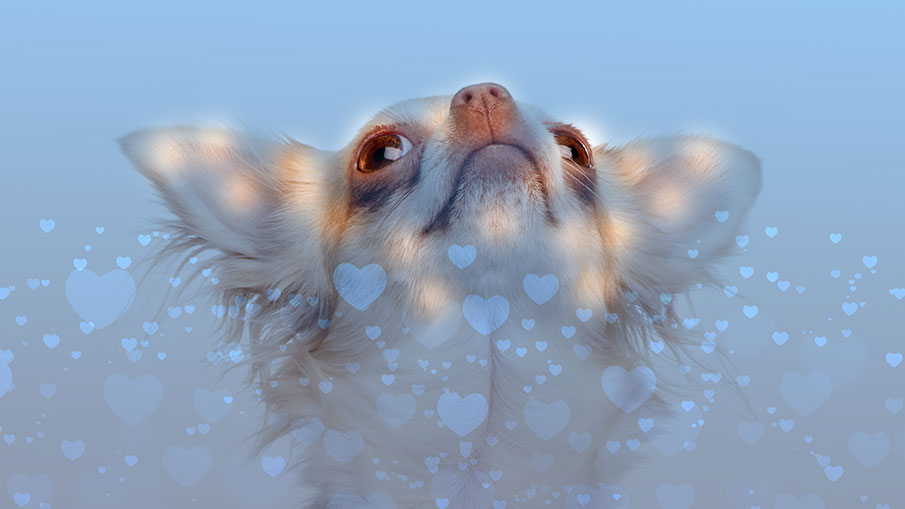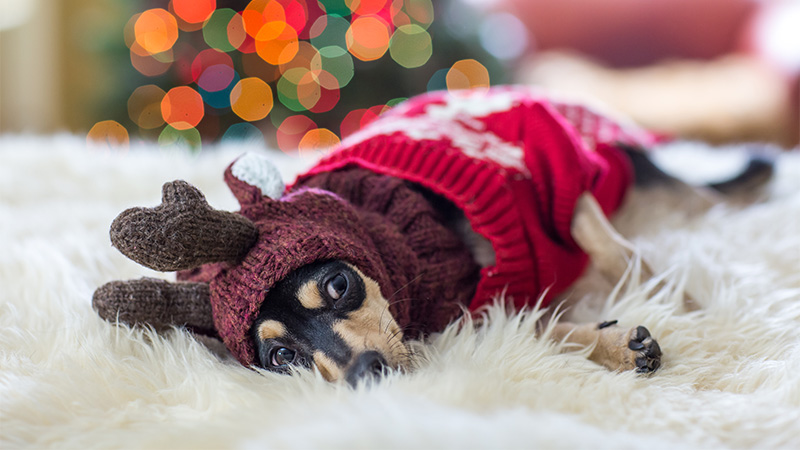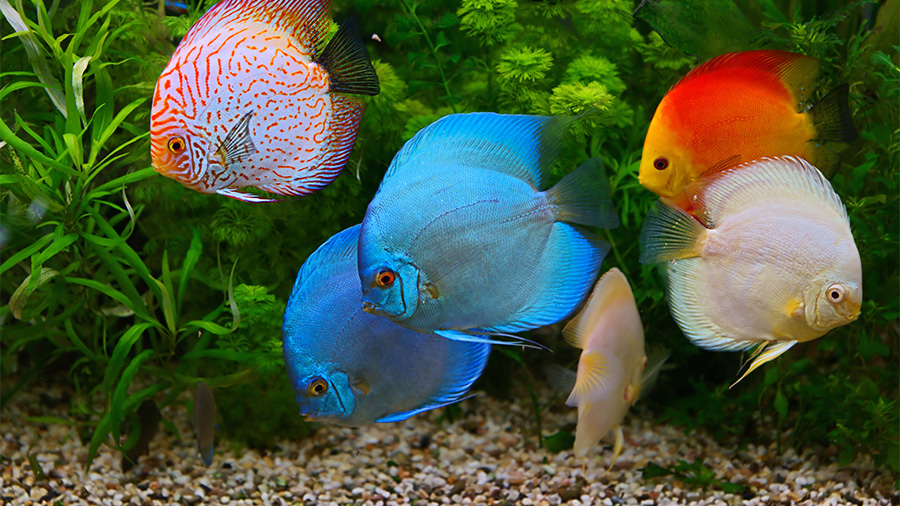[row]
[column size=8]
Recovery should eventually occur
With very few exceptions, encounters between dogs and raccoons end badly for one or both species. At the top of the list of possible negative outcomes for dogs is rabies, with many other infectious diseases following in close pursuit. One such problem is a bizarre and, thankfully, rare condition called “coonhound paralysis.”
Dr. Matthew Wallig, a professor emeritus of comparative pathology at the University of Illinois College of Veterinary Medicine in Urbana, explains that the scientific name for this disorder is acute canine idiopathic polyradiculoneuritis (ACIP).
Not Just for Coonhounds
“It’s a progressive paralysis disease that can be seen in dogs one to two weeks after being bitten or scratched by a raccoon,” he says. “The agent of transmission here is the raccoon’s saliva.”
Despite the name, dogs of any breed and any age that live in regions inhabited by raccoons can potentially become infected, but dogs that hunt or live in wooded, secluded areas have a greater risk.
However, raccoons are not always directly involved in the development of disease.
Dr. Samantha Vitale, neurology resident at the college’s Veterinary Teaching Hospital, says that some dogs with coonhound paralysis have never been anywhere near a raccoon, indicating that other unidentified stimuli can cause ACIP as well.
Regardless of the inciting agent, this condition is very similar to Guillain-Barre syndrome in humans. “This is when the body’s immune system starts attacking the nervous system by damaging the protective coating on nerves,” Dr. Wallig explains. “However, the exact mechanism behind coonhound paralysis is still unknown.”
Affected dogs will have a generalized weakness; their leg muscles may begin to shrink, or atrophy, and they will have a stiff gait. The condition will eventually progress to paralysis in all four limbs. This paralysis can creep further inward and affect the muscles required for breathing. Respiratory problems can be seen, and the dog may need to be hospitalized and placed on a ventilator to ensure delivery of enough oxygen.
Diagnostics and Recovery from Coonhound Paralysis
“In order to diagnose this condition, your veterinarian will need a thorough history of your dog’s health and recent activities, especially outdoor excursions with possible raccoon contact,” Dr. Wallig says. After a complete history and physical examination, standard bloodwork and urinalysis are done to rule out other possible causes for the dog’s clinical signs.
“More specific tests can be done to determine the health and functionality of the nervous system,” Dr. Vitale says. “These include electromyography, nerve conduction velocity, and muscle and nerve biopsies.”
Recovery should eventually occur, but it takes a long time for the muscles to return to their original strength. The pet will require a lot of home care and attention and will need assistance walking in the months to come. Rest is the most important part of recovery; keeping the dog in a comfortable, quiet environment can be very beneficial.
To keep the muscle-wasting to a minimum, owners can gently massage and stretch the dog’s limbs. Bringing the dog to a veterinary rehabilitation specialist can help to expedite the recovery process.
It is important to keep in mind that recovery is different for individual dogs. Some will recover within a few days or weeks, while many others will take months. One way to prevent this disease is to keep dogs away from raccoons and supervise them while out in wooded or rural areas.
To learn more about coonhound paralysis, contact your local veterinarian.
By Danielle Engel
[/column]
[column size=4]
| Update |
|---|
| Thanks to the readers who submitted follow-up questions about this topic! See below for Q/As.
Q: I’d like information about pet and groundhog encounters. My dog and my friend’s little poodle chased a groundhog across my backyard the other day. They almost had a close encounter with the ‘hog before it slipped between the gap between my gate and garage. It was quite large, bigger than the poodle. A: The most concerning aspect of a potential groundhog-dog encounter would be rabies. Groundhogs can carry the virus and are known to attack and bite dogs. Groundhogs, like other wildlife species, may also carry ticks that may transmit Lyme disease or Rocky Mountain spotted fever. It is important that homeowners not approach or attempt to remove a groundhog from their yard, and humans should especially avoid going near a groundhog hole. If you have a groundhog hole in your backyard and your dog is constantly chasing the groundhog on a daily basis, then we’d be worried that eventually there might be a fight! And if it is a small dog, perhaps that could be quite catastrophic. If you wish to remove the groundhog from your premises, please consult a reputable pest control specialist near you. Q: The raccoons come on our deck some evenings. We have started to bring in feeders, especially the hummingbird feeder, so as not to attract the raccoons. Should we hose off the deck with detergent? (I had too many microbiology classes back at U of I.) A: Hosing off with detergent is probably not necessary, but without knowing the exact cause of coonhound paralysis, it’s impossible to say for sure. Could there be a small amount of residual raccoon saliva left on your deck? Well, sure. However, exposure to the elements (especially the sun and heat) would likely destroy any causative agent. There is much we do not know about this disease. All we know at this point is that some cases are associated with raccoon saliva exposure. Removing food sources that may attract a raccoon is a great way to minimize the chances that a dog would interact with raccoons or their saliva. —Dr. Ashley Mitek, companion animal Extension veterinarian |
[/column][/row]

![[raccoon photo for pet column on coonhound paralysis]](https://vetmed.illinois.edu/wp-content/uploads/2021/04/pc-coonhound_paralysis-wallig.jpg)


